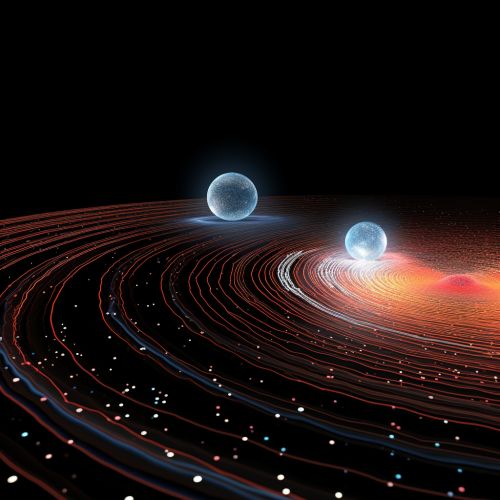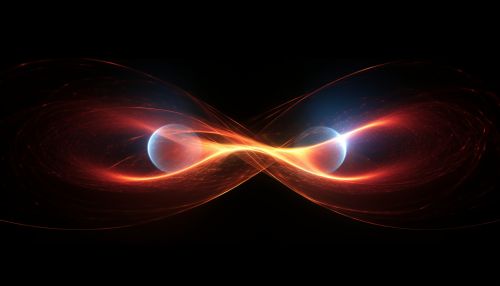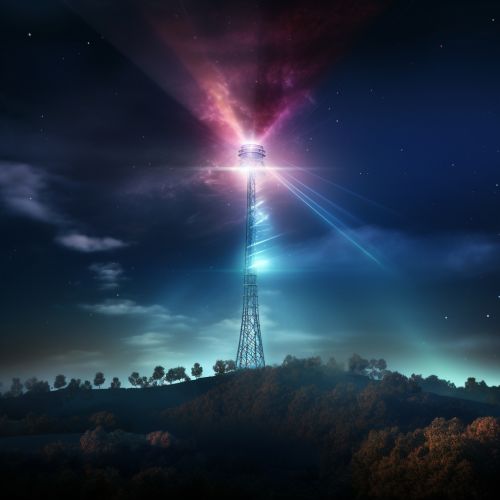The Physics of Quantum Entanglement in Telecommunication
Introduction
Quantum entanglement is a physical phenomenon that occurs when a pair or group of particles interact in ways such that the quantum state of each particle cannot be described independently of the state of the others, even when the particles are separated by a large distance. This concept, which is a fundamental principle of quantum mechanics, has been leveraged in the field of telecommunication to enhance the security and efficiency of data transmission.


Quantum Entanglement: A Deeper Understanding
Quantum entanglement is a phenomenon that defies our classical understanding of the world. It was first proposed by Einstein, Boris Podolsky, and Nathan Rosen in 1935, in a thought experiment known as the EPR paradox. This paradox challenged the completeness of quantum mechanics, as it seemed to allow for instantaneous communication between entangled particles, a concept Einstein famously referred to as "spooky action at a distance."


Quantum Entanglement in Telecommunication
The application of quantum entanglement in telecommunication is a relatively new field, often referred to as quantum communication. Quantum communication exploits the principles of quantum mechanics to transmit information in a way that is fundamentally secure. This is achieved through the use of quantum key distribution (QKD), a method of transmitting cryptographic keys between two parties using entangled particles.


Quantum Key Distribution
Quantum key distribution (QKD) is a secure communication method which implements a cryptographic protocol involving components of quantum mechanics. It enables two parties to produce a shared random secret key known only to them, which can then be used to encrypt and decrypt messages. The security of QKD derives from the fundamental aspects of quantum mechanics, particularly the principle of quantum superposition and the no-cloning theorem.


Challenges and Future Prospects
Despite the promising aspects of quantum entanglement in telecommunication, there are several challenges that need to be addressed. These include the difficulty of maintaining quantum coherence over long distances, the high error rates in quantum communication systems, and the lack of a comprehensive quantum network infrastructure. However, ongoing research in quantum repeaters, quantum error correction, and quantum network design promises to overcome these challenges in the future.


